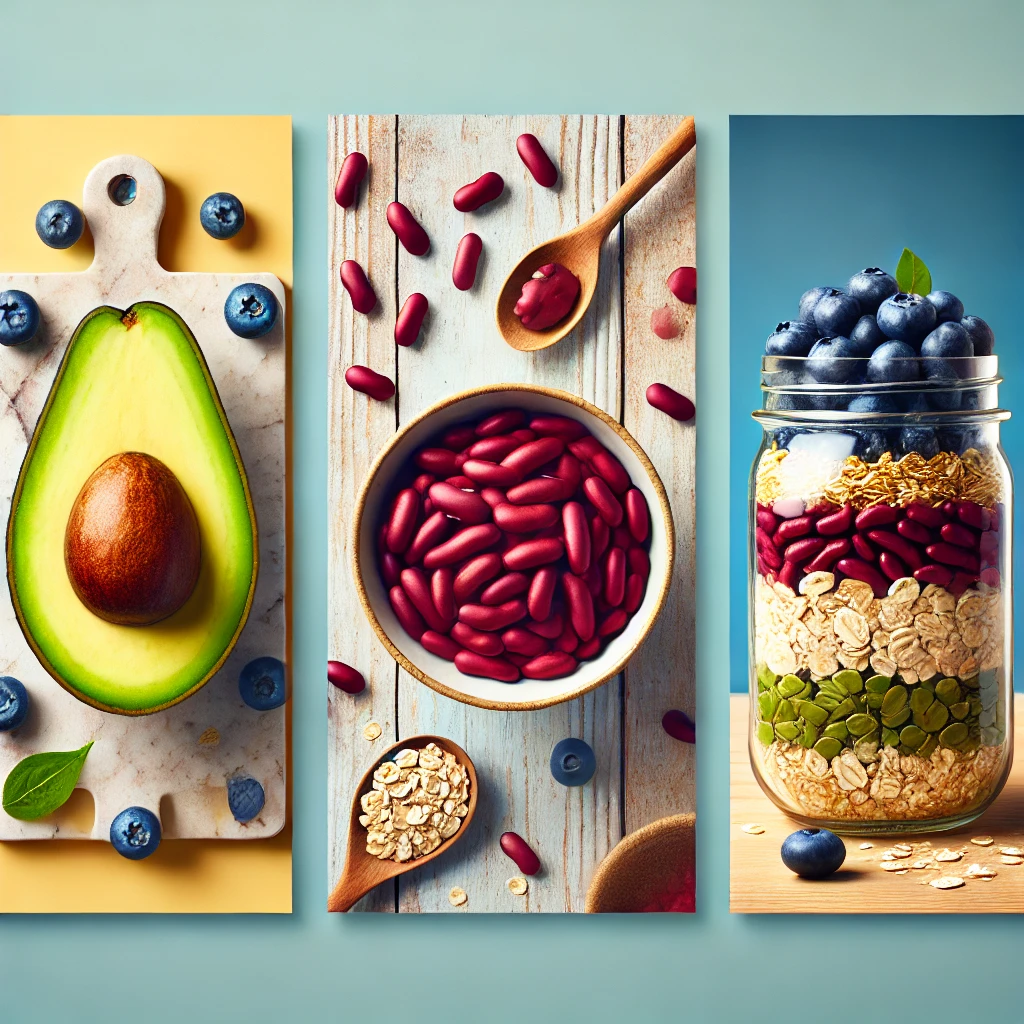Are You Eating Enough Fiber? Get Your Fiber Score
Published on February 14, 2024
Estimated Read Time: 2 Minutes
Key Takeaway: Fiber is a fundamental nutrient essential for maintaining optimal digestive health, supporting regular bowel movements, and reducing the risk of chronic illnesses like heart disease and diabetes. Despite its importance, only 5% of Americans meet the recommended daily intake. According to the Institute of Medicine, women should consume 25 grams of fiber daily, while men should aim for 38 grams.
Are You Getting Enough Fiber?
A MyFitnessPal survey revealed that 52% of participants pay attention to their fiber intake, with 45% aware of the recommended daily levels for adults. However, many people underestimate the fiber content in their diet. Tracking daily fiber consumption can be challenging without the right tools, contributing to this widespread fiber deficit.
Complete Our Fiber Questionnaire!
Curious about your fiber intake? Answer a few questions to assess your daily food habits and discover your estimated fiber score.* We’ll also share tips to help you increase your fiber intake!
Quick Fiber Questionnaire:
What type of grain do you typically choose? (Breads, rice, pastas, etc.)
- Whole grains (brown rice, whole-grain bread, quinoa, oats)
- A mix of whole and refined grains
- Refined grains (white bread, white rice, traditional pasta)
- I don’t consume grains regularly
How often do you eat whole grains?
- Every meal
- Occasionally (a few meals per week)
- Rarely or never
How many servings of fruits and vegetables do you consume daily?
- 5 or more servings
- 2–4 servings
- 0–1 servings
What is your go-to snack?
- Fresh fruit, veggies, or nuts
- Chips, cookies, or crackers
- Rarely snack or choose other snacks
Do you include seeds (e.g., chia, flaxseeds, sunflower) in your diet?
- Yes, daily
- Occasionally
- Rarely or never
How often do you consume legumes (beans, lentils, chickpeas)?
- Daily
- 3–4 times per week
- Rarely or never
How often do you experience digestive symptoms like bloating, constipation, or discomfort?
- Daily
- 4–5 days per week
- A couple of days per week
- Rarely or never
Tips to Boost Your Fiber Intake:
Focus on Whole Grains
Opt for whole-grain versions of bread, pasta, and rice. Whole grains retain more fiber and nutrients compared to refined grains.Incorporate Fruits and Vegetables
Aim to fill half your plate with a variety of colorful fruits and vegetables at each meal.Snack Smart
Choose fiber-rich snacks such as nuts, seeds, fresh fruit, and crunchy vegetables.Add Legumes to Your Meals
Include beans, lentils, or chickpeas in salads, soups, and main dishes to increase fiber intake.Include Nuts and Seeds
Sprinkle chia seeds, flaxseeds, or sunflower seeds into your yogurt, oatmeal, or salads.
Frequently Asked Questions:
How Can I Ensure I’m Getting Enough Fiber?
Incorporate high-fiber foods like fruits, vegetables, whole grains, and beans into every meal. Track your fiber intake using apps like MyFitnessPal to monitor progress.
What Are Symptoms of Not Eating Enough Fiber?
Common signs include constipation and irregular bowel movements. Most Americans fall short of their daily fiber needs, so increasing fiber intake is beneficial for overall digestive health.
Can You Have Too Much Fiber?
A sudden increase in fiber intake may lead to bloating, gas, or cramping. To avoid discomfort, increase your fiber intake gradually by 5 grams per week until reaching the recommended levels.
Is a Fiber Supplement a Good Option?
Speak to your healthcare provider before using any supplements. Supplements can help if you’re unable to meet your fiber needs through diet alone, but your doctor can recommend the best type and dosage for your individual needs.
Note: This quiz is for informational and educational purposes only. Please consult with a healthcare provider for personalized dietary advice.







